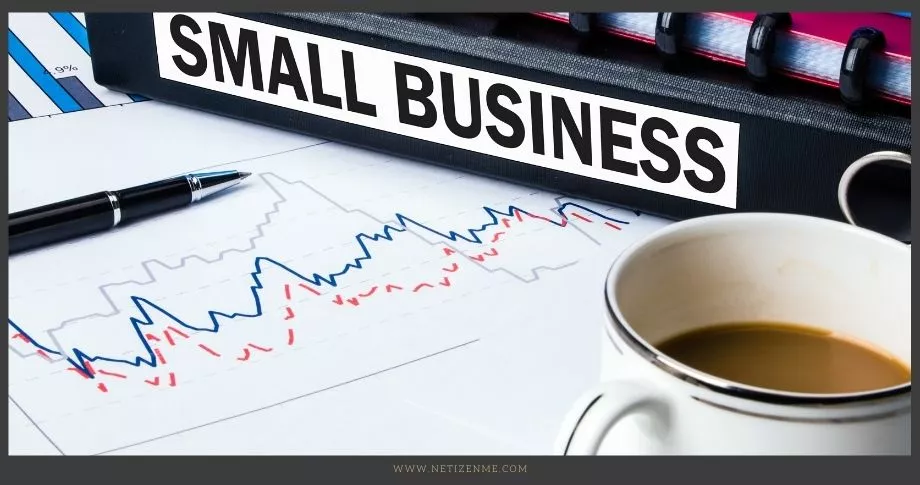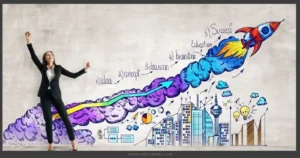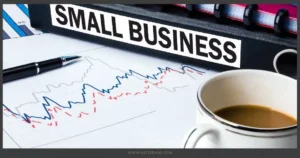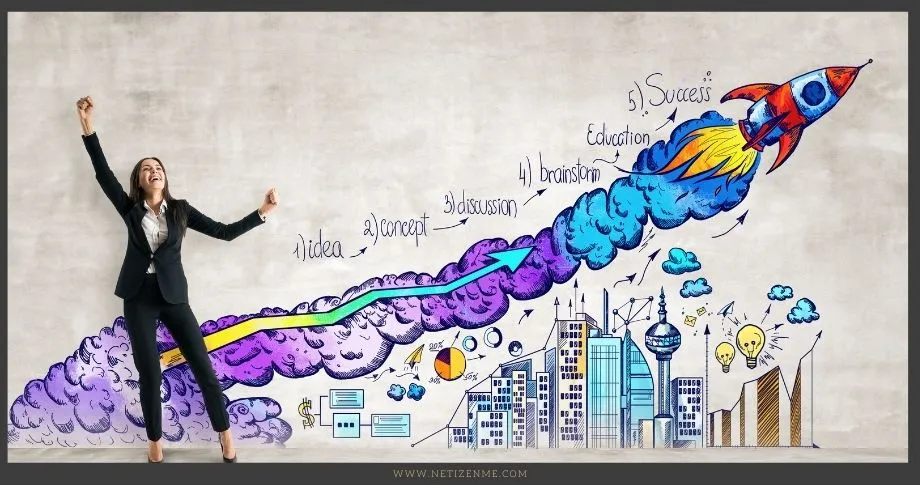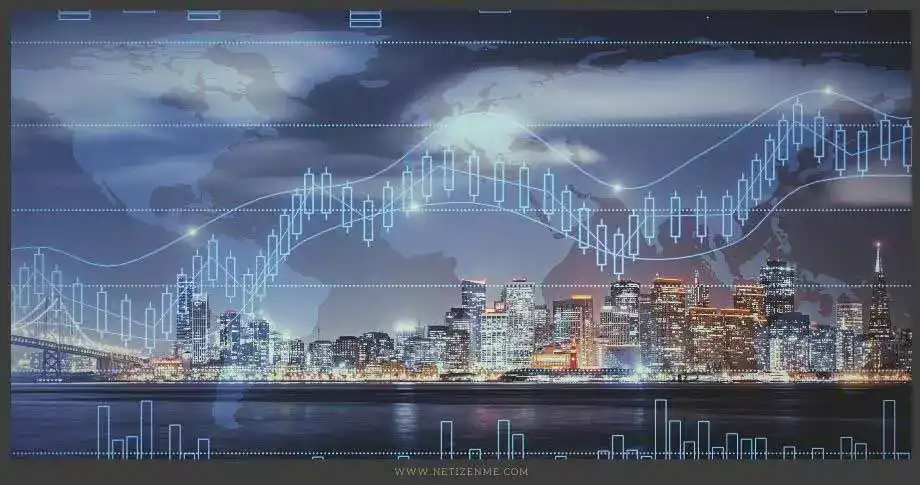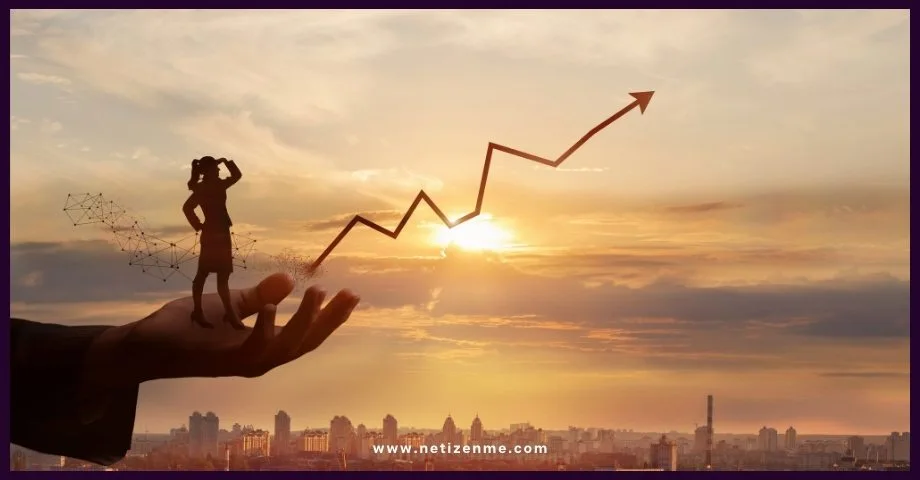The Circular Flow Model and the Economy
“The circular flow model is an economic model that shows the flow of money through the economy. The most common form of this model shows the circular flow of income between the household and business sectors. Between the two are the product market and the resource market” (MasterClass staff, 2021).
The circular flow model uses four types of production, often called factors of production.
- Labour
- Land
- Capital
- Entrepreneurial ability
“When a good or service is produced, an income flow and expense flow equivalent to the value of the said product or service will flow towards opposite directions creating a connected flow, called the circular flow of goods and services. The circular flow model highlights the “flows” within the economy—the flow of economic resources, goods and services, and money flow” (Wolla, 2021).
There are two groups of economic decision-makers in this model.
- Households
- Suppliers of goods and services
There is one thing that connects these two groups of economic decision-makers and factors of production.
- Money
Households
Households purchase goods and services from suppliers of goods and services by spending money. At the same time, members of households provide labour to businesses that are suppliers of goods and services through the resource market and earn money.
e.g., some household members work as labourers in businesses that supply goods or services and earn a wage.
Wolla (2021) describes it as “Households are sellers in the market for resources. Households sell land, labour, capital, and entrepreneurial activity in exchange for money called income. Households are buyers in the market for goods and services which exchange income for goods and services.”
Suppliers of goods and services (Businesses)
Suppliers of goods and services are sellers in the market for goods and services. They sell goods and services in exchange for money, called revenue. On the other hand, they are buyers in the markets for resources who exchange the revenue earned in the market for goods and services to buy land, labour, and capital for resources. In this case, the money spent is called the cost of production (Wolla, 2021).
Money
Each factor of production has a payment associated with it.
- Labour earns wage
- Land earns rent
- Capital earns interest
- Entrepreneurial ability earns profit
These wages, rent, interest, and profit are all forms of money circulating in opposite directions between households and suppliers of goods and services. “Money flows clockwise, while goods, services, and resources flow counter-clockwise” (Wolla, 2021).
MasterClass staff (2021) summarize the above process of the basic circular flow as follows:
Consumer spending —> Revenue —> Cost —> Income
While the economy can be more complex than this, the circular flow of goods and services helps us understand the economy and the relationship between households and Suppliers of goods and services and how they come together. The circular flow also helps us understand how money connects everything creating a circular flow.
Read more about the Concepts of the Circular Flow of Goods and Services via these sources:
MasterClass staff. (2021, August 26). Understanding the circular flow model in economics. MasterClass.
Wolla, S. (2021, April 22). Circular flow – the economic lowdown video series. St. Lois Federal Reserve.
- The Challenges Of Development Economics Through a Neo-Classical Model

- Macroeconomics For Entrepreneurship

- The Concepts of the Circular Flow of Goods and Services

This article is written by:
This article is written and edited by in-house writers and editors. Knowledge Netizen editorial team is committed to providing accurate and informative content. You can cite our articles under the author name "NetizenMe"
